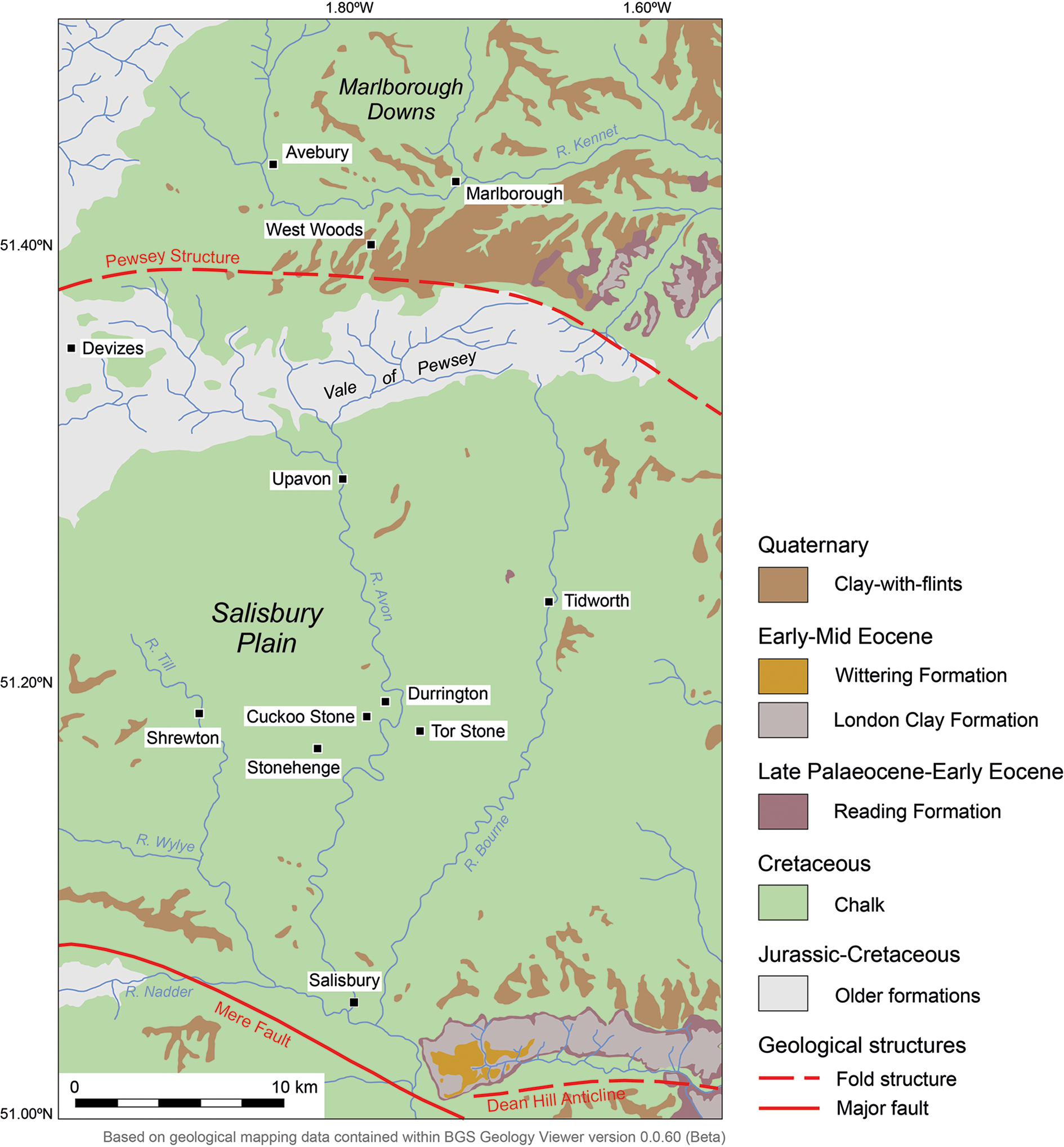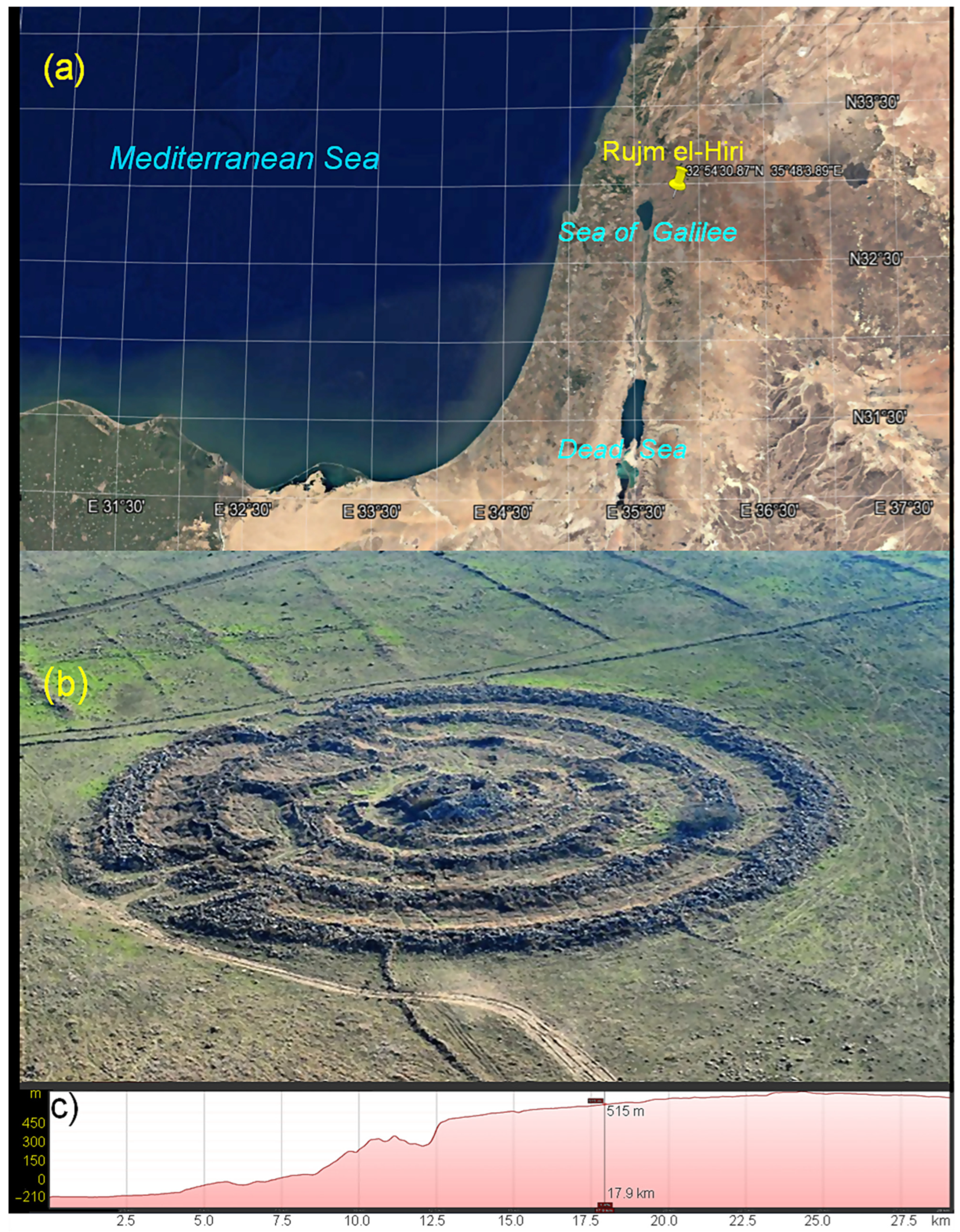https://www.cambridge.org/core/journals/proceedings-of-the-prehistoric-society/article/earliest-movement-of-sarsen-into-the-stonehenge-landscape-new-insights-from-geochemical-and-visibility-analysis-of-the-cuckoo-stone-and-tor-stone/C7C6D363A6E59D0BBF5C3158077ABB24#s4
Friday, 31 January 2025
None of the Stonehenge Stones are Local
https://www.cambridge.org/core/journals/proceedings-of-the-prehistoric-society/article/earliest-movement-of-sarsen-into-the-stonehenge-landscape-new-insights-from-geochemical-and-visibility-analysis-of-the-cuckoo-stone-and-tor-stone/C7C6D363A6E59D0BBF5C3158077ABB24#s4
Thursday, 30 January 2025
Earliest Movement of Sarsen Into the Stonehenge Landscape:
Earliest Movement of Sarsen Into the Stonehenge Landscape: New Insights from Geochemical and Visibility Analysis of the Cuckoo Stone and Tor Stone
Wednesday, 22 January 2025
Stonehenge and its Altar Stone: the significance of distant stone sources
Abstract
Parker Pearson, M., Bevins, R., Bradley, R., Ixer, R., Pearce, N. & Richards, C., (2025) “Stonehenge and its Altar Stone: the significance of distant stone sources”, Archaeology International 27(1). doi: https://doi.org/10.14324/AI.27.1.13
Sunday, 19 January 2025
The Altar Stone Source - the essential points
The research paper provides key evidence indicating that the Stonehenge Altar Stone likely originated from a Laurentian rock source. Here's a breakdown of the significant points:
Mineral Composition and Age
The researchers analyzed three types of mineral grains found in the Altar Stone fragments:
1. Detrital zircon: Largely composed of Mesoproterozoic and Archaean sources (very old, ranging from about 1 to 3.5 billion years) [1][3].
2. Rutile and apatite: Dominated by a mid-Ordovician source (approximately 460 million years old) [1][3].
Laurentian Origin
The ages of these grains strongly suggest derivation from a Laurentian crystalline source region [1][3]. Laurentia refers to the ancient continental craton that formed the core of North America and Greenland[2]. This is significant because:
- The presence of very old zircon grains (Mesoproterozoic and Archaean) matches igneous events in Laurentia [2].
- These events did not occur in other terranes like Gondwana, Ganderia, Meguma, or East Avalonia, which now form most of England and Wales[2].
Grampian Overprint
The mid-Ordovician ages (around 460 million years ago) of the rutile and apatite grains indicate that the Laurentian source region was overprinted by Grampian magmatism [1][3]. This refers to a phase of the Caledonian orogeny, a major mountain-building event that affected what is now Scotland.
Similarity to Orcadian Basin
Detrital age comparisons with sedimentary rocks throughout Britain and Ireland revealed a remarkable similarity between the Altar Stone and the Old Red Sandstone of the Orcadian Basin in northeast Scotland [1][3]. This basin includes parts of northeastern Scotland, Orkney, and Shetland [2].
This evidence collectively points to a Scottish origin for the Altar Stone, specifically from an area north of the Iapetus Suture, where rocks with Laurentian characteristics are found [2].
But not Orkney
However, a follow-up study published in September 2024 in the Journal of Archaeological Science: Reports specifically examined megaliths from Orkney and concluded that the Altar Stone was not sourced from Mainland Orkney. This research used portable X-rays to analyze stones at the Stones of Stenness and the Ring of Brodgar, comparing their composition to that of the Altar Stone [4].
.
Citations:
[1] https://www.nature.com/articles/s41586-024-07652-1
[2] https://www.megalithic.co.uk/article.php?sid=2146415628
[3] https://research.aber.ac.uk/en/publications/a-scottish-provenance-for-the-altar-stone-of-stonehenge
Saturday, 18 January 2025
Unearthing Britain's Darkest Chapter: The Early Bronze Age Massacre at Charterhouse Warren
The Discovery
Gruesome Evidence
Significance
Friday, 17 January 2025
How did prehistoric people respond to natural disasters? - Rune Iversen et al
Click to visit thread on X, the artist formerly known as Twitter.NEW How did prehistoric people respond to natural disasters? New research suggests a volcanic eruption that blocked out the sun caused people in Neolithic Denmark to ritually sacrifice 'sun stones' to ensure a good harvest.
— 🅰ntiquity Journal (@AntiquityJ) January 16, 2025
Strap in for a volcanic #AntiquityThread 1/14 🧵 pic.twitter.com/fZ7V0FxwAr
For the whole thread, off X, see https://threadreaderapp.com/thread/1879827188263887239.html
For the paper discussed see; Iversen, R. et al. (2025) ‘Sun stones and the darkened sun: Neolithic miniature art from the island of Bornholm, Denmark’, Antiquity, pp. 1–17. doi:10.15184/aqy.2024.217.
I think the paper is excellent, climate chaos causing resources being wasted in pointless attempts to assuage the weather gods seems all too likely. At other times and places in prehistory rapid changes in the climate are probably linked to activities such as monument building.
There are the obvious quibbles with the premise which the authors address such as why just on one small island and where was this unrecorded volcanic eruption.
My first reaction is that the disc illustrated looks more like an annual calendar or similar, than a sun disc, with periods being marked out with radial lines and then maybe individual days or events marked out with cross lines. But that is just my opinion based on minutes of superficial study.
Sunday, 12 January 2025
Norfolk Sarsens
Thursday, 9 January 2025
'How did ancient people move large stones?' - Dr Hugh Thomas
Archaeologists are constantly asked is 'How did ancient people move large stones?'. The thought of people moving 2/20/200 tonne stones thousands of years ago just seems impossible. But what if I told you we have a lot of photos/video of people moving huge stones today? 🧵1/ pic.twitter.com/tjNg1LHxEw
— Dr Hugh Thomas (@hughs_news) January 8, 2025
Click to visit thread on X, née Twitter.
For the whole thread, off X, see https://threadreaderapp.com/thread/1876792234625957994.html
Wednesday, 8 January 2025
The Tectonic Movement of Stonehenge
The new research claims "Geomagnetic analysis shows that since the entire region has rotated over time, the Rujm el-Hiri’s location shifted from its original position for tens of meters for the thousands of years of the object’s existence, challenging theories of the alignment of its walls with astronomical bodies and raising questions regarding its possible identification as an observatory."
Stonehenge doesn't have the same problem.
The Eurasian plate has been rotating clockwise primarily in a north-easterly direction over the past several thousand years at a rate of approximately 25 millimeters per year. Given this rate of movement, over the last 5,000 years the Eurasian plate has moved approximately 125 meters northward .This shift represents about one-thousandth of a degree of latitude, which is insignificant.








